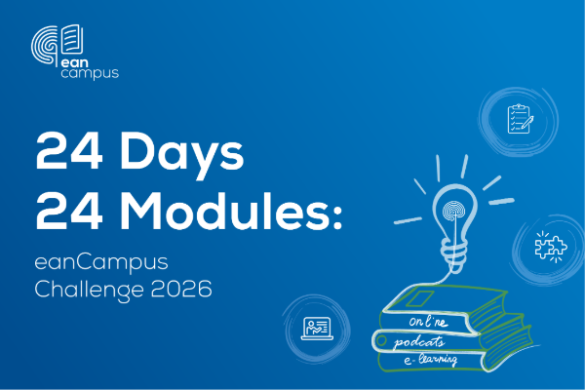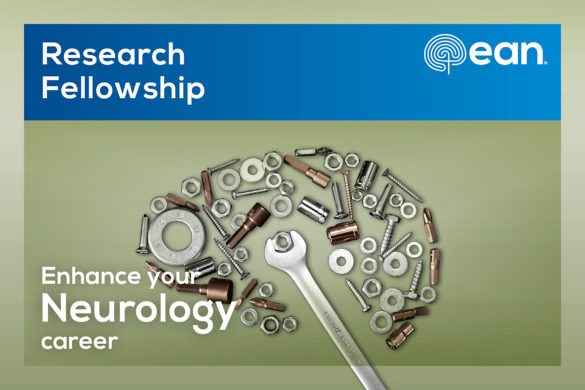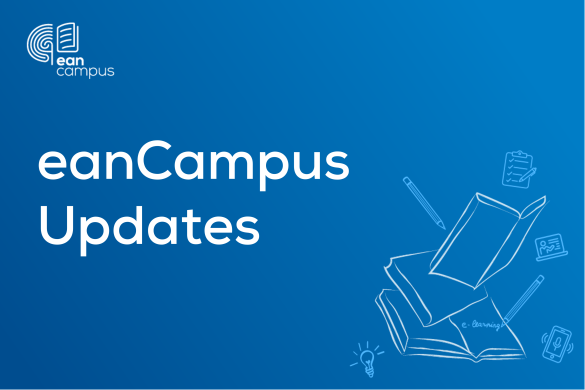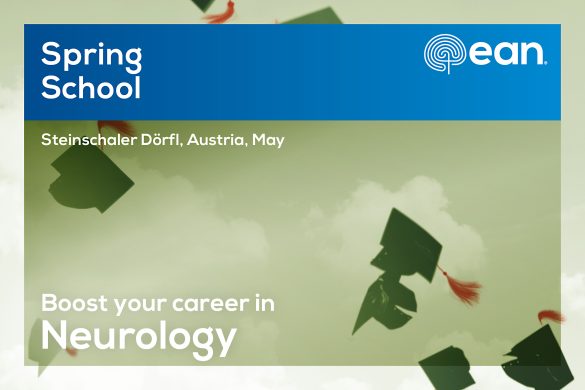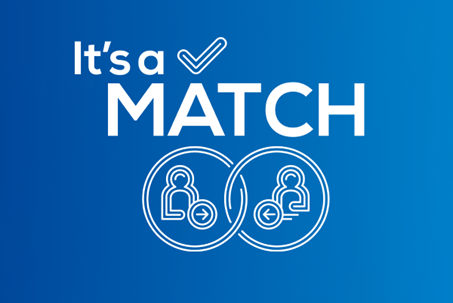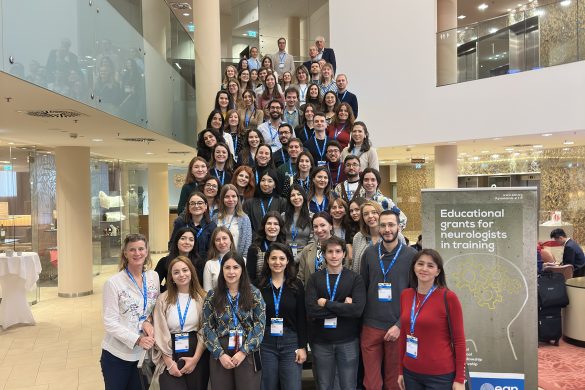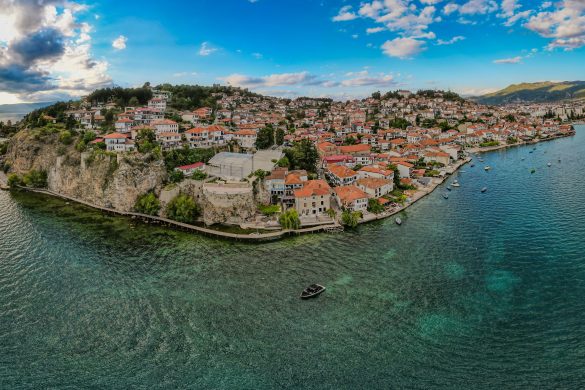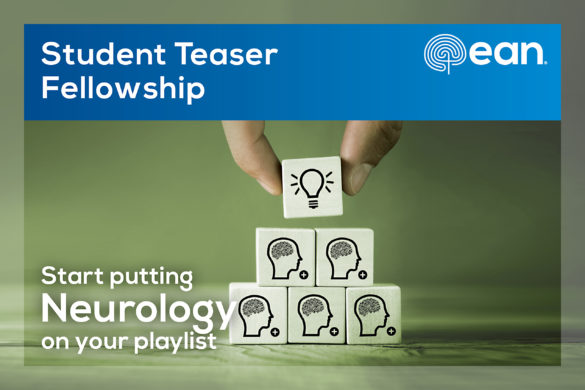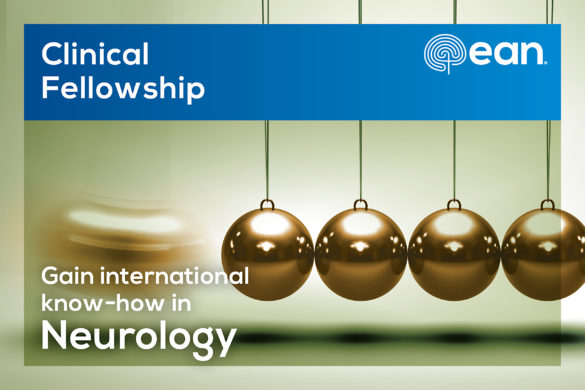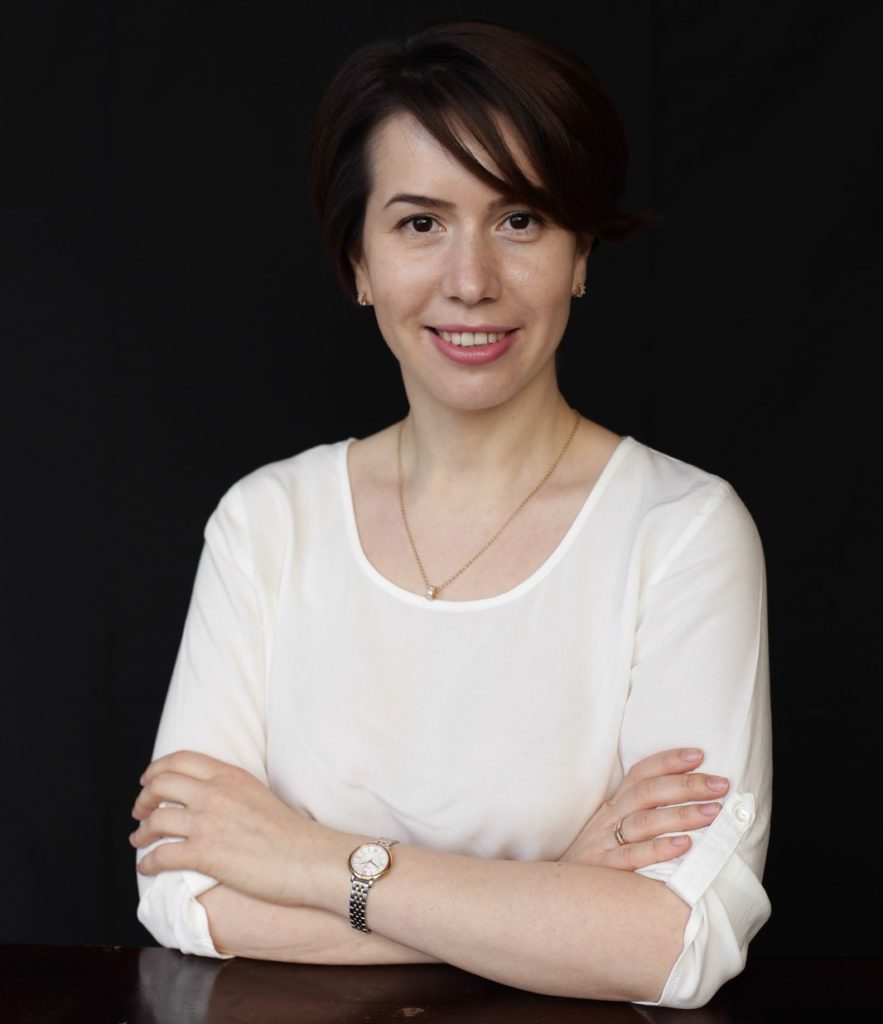
Daniela Aftene, Ialoveni, Moldova
Term of the Fellowship: 16.8.-25.9.2021
Hosting department: Danish Epilepsy Centre, Dianalund, Denmark
Supervisor: Prof. Sándor Beniczky
I am delighted to report on my wonderful and exciting experience at the Danish Epilepsy Centre, Dianalund, Denmark. The prestigious Danish Epilepsy Centre, with its 124-year history
of treating patients with epilepsy and providing healthcare services to
epilepsy patients of all ages, is only the third centre for the treatment of epilepsy in Denmark,
offering unique access to rare and complex epilepsy syndromes. Therefore, it was an
honor and a dream-come-true to attend this centre.
I will start by saying that I am very grateful to the European Academy of Neurology (EAN) for
giving me this precious opportunity to improve myself both on a professional and a
personal level by interacting with medical personnel and patients of different cultures
and different approaches to medical diagnosis. Not least, thank you for the possibility of
postponing due to the COVID-19 pandemic.
From the first day, I was warmly welcomed and included in all clinical activities of the
center related to electroencephalographic exploration (standard EEG, sleep EEG and longterm video EEG in Epilepsy Monitoring Units). I observed clinical activities in the department, participated in discussing cases, and gained knowledge in different aspects of EEG procedure, including recording techniques, provocation methods and interpretation of results, which stimulated me to learn more.
This department comprises a team of outstanding neurophysiologists: Elena Gardella,
Daniella Terney, Stephan Wüstenhagen and Eszter Balázs-Bécsi, with whom I had the honor
of examining about 250 EEGs of both children and adults. They were very knowledgeable and
supportive; they never hesitated to answer my questions and resolve any doubts I had.
For the first two weeks, supervised by neurophysiologist Daniella Terney, I
examined several types of EEG: standard, sleep and EEGs lasting up to four hours, which use stimulation by cognitive tasks, by applying internal protocols, in
addition to activation procedures well known as hyperventilation and photostimulation. She also showed me various seizures recorded in the epilepsy monitoring unit, and once again
pointed out the importance of testing patients during a seizure. In addition, I had the
opportunity to analyse 24-hour outpatient EEGs (although not many investigations) in
suspected childhood patients with a diagnosis of electrical status epileptic during sleep (ESES/CSWS).
Furthermore, I had the opportunity to be supervised by the neurophysiologist Eszter Balázs-Bécsi, with whom, in addition to the EEG descriptions, I had the opportunity to take part in
neurophysiological investigations such as electroneurography (ENG), electromyography
(EMG) and peripheral nerve ultrasound (upper limb).
Then followed a period in which I was supervised by neurophysiologist Stephan Wüstenhagen,
who, in addition to the EEGs, offered me the opportunity to analyse
different clinical episodes from the epilepsy monitoring unit.
Towards the end of my internship, I had the chance to analyse EEGs with Professor Sándor
Beniczky and doctoral student Mustafa Aykut Kural, a member of the study team who
validated the criteria for interictal epileptiform discharges, finding the answers to a lot of my
questions.
Also, I was given the opportunity, thanks to Professor Guido Rubboli, to participate in the
outpatient consultation of patients with epilepsy, gaining knowledge of the management of
different types of epilepsy, of using old and new antiepileptic drugs and other strategies for
drug-resistant epilepsies.
Furthermore, every two weeks I participated in a multidisciplinary staff meeting, which
involves numerous figures: neurologists, neurosurgeons, neurophysiologists and
neuropsychologists, and where the management of patients with unclear or complex
diagnosis was discussed and collegially validated.
During my fellowship an important and useful part was the library, where I found books,
articles and research information.
Last, but not least, I would like to mention the importance and relevance of the theoretical
lessons given by Professor Sándor Beniczky every Friday for the collaborators of the centre,
where the professor presents different topics of interest for the daily work of the
collaborators.
To finish my report, I want to express my deepest gratitude and many thanks to Professor
Sándor Beniczky and his beautiful team, for accepting me, giving me a warm welcome, making me feel
like a member of their group and for their knowledge that they shared with me. It was a
pleasure for me to work in an excellent hospital, with enthusiastic and experienced doctors,
with good teaching capabilities. During the stay I was involved in both a social and
working life.
To sum up, this clinical fellowship was one of the best experiences of my personal and
professional life. Furthermore, even if it was only a short traineeship period, this experience
gave me more confidence and the possibility to bring all the skills I learned back to my home
department with the aim of improving the assistance of our patients with epilepsy.
Sara Nagy, Riehen, Switzerland
Term of the Fellowship: 24.5.-2.7.2021
Hosting department: Department of Neuromuscular Diseases, UCL Queen Square Institute of Neurology, London, UK
Supervisor: Prof. Henry Houlden
I am very grateful to report on my fellowship at the Department of Neuromuscular Diseases of the UCL Queen Square Institute of Neurology, London, under the supervision of Professor Henry Houlden. My stay at the institute enabled me to deepen my clinical knowledge in the field of neuromuscular and neurogenic diseases and to get involved in related research projects.
Due to the current pandemic and protective measures in the UK, the fellowship had to be postponed several times, but it was definitely worth waiting for personal consultations to take place and research projects to resume.
I regularly attended the weekly neuromuscular ward—led by Professor Mary Reilly, Professor Michael Lunn, and Dr Aisling Carr—where I was able to see complex and challenging cases of rare muscle or peripheral nerve diseases and learn the diagnostic and therapeutic approaches of one of the most widely recognised experts in this specialty field. During these visits, I saw various clinical examination techniques and enjoyed the unique teaching during case discussions. The observed approach to differential diagnoses, the integrated competence in other areas of medicine and the evidence-based decisions at all levels were of great educational value.
I also visited specialised outpatient clinics where I was able to see numerous patients with inflammatory, hereditary or malignancy-related neuropathies, as well as patients with rare myopathies. I particularly valued the neurogenetic clinic of Professor Houlden and Professor Wood, where I was able to examine patients and their relatives with the rarest neurological diseases, including neuromuscular, movement and neurodegenerative disorders. I was grateful to be involved in the field of clinical genetics, to see the diagnostic and therapeutic management of these patients, and to face the complex ethical questions of the field.
I also had the opportunity to attend several virtual meetings that were held weekly. I was amazed at the educational approach of the clinical case reviews, where complex patients were discussed in the presence of all involved specialists.
During my stay, I took part in related research projects and joined a genetic study on a large cohort of patients with inclusion body myositis. I also started to set up a new genetic study in patients with chronic inflammatory demyelinating polyneuropathy and was able to take part in laboratory work on neuropathies caused by trinucleotide repeat expansions.
I found Professor Houlden and his team to be very hospitable and helpful, and I enjoyed the scientific atmosphere and the brilliant ideas both in the clinical setting and in the laboratory. The Queen Square Institute of Neurology is a unique place with an extraordinary tradition in neurology, as what was once the world’s first specialist neurological hospital. The experience in this centre was an important milestone in my specialisation and I aim to establish a long-term collaboration with the team.
I would like to thank the European Academy of Neurology for making this fellowship possible and Professor Houlden and his team for their support.




